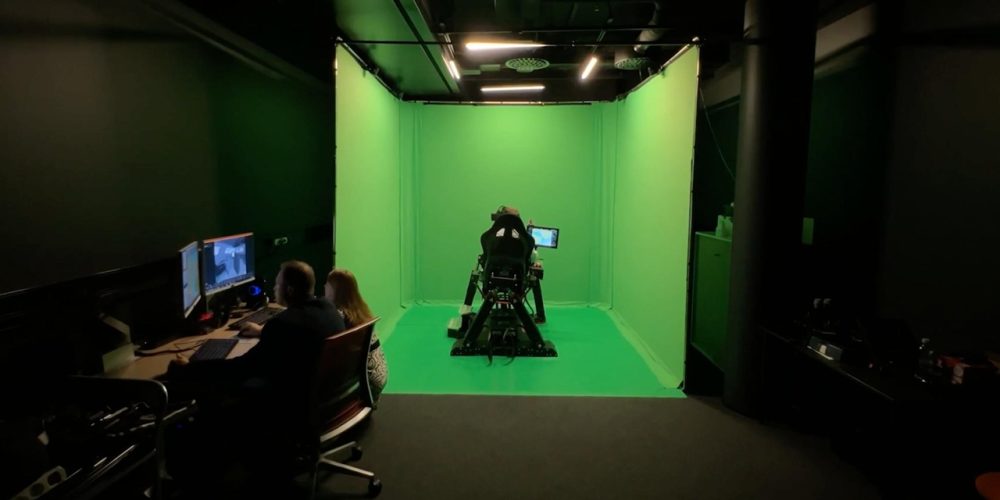How Wärtsilä and Varjo Are Solving Maritime Training’s Scaling Problem
VRM’s Take: Wärtsilä’s adoption of Varjo’s XR technology isn’t just another tech upgrade story, it’s a blueprint for how traditional industries can solve fundamental scaling problems through immersive technology. What makes this particularly interesting is how they’ve cracked the code on multi-user XR training, something most companies still struggle with.
Why This Matters Now
The maritime industry faces a critical skills shortage. According to the International Maritime Organization, the global fleet needs approximately 1.89 million seafarers, but current training infrastructure can’t scale to meet this demand. Traditional simulators cost hundreds of thousands of dollars and require weeks to install—creating a bottleneck that Wärtsilä has been wrestling with for three decades.

The Real Breakthrough: Mixed Reality Finally Makes Sense
Here’s what caught our attention about Wärtsilä’s implementation: they didn’t just replace screens with headsets. Johan Ekvall, Head of Product Simulation & Training at Wärtsilä, explains that previous VR solutions “simply weren’t good enough” because they blocked out the real world, preventing trainees from developing muscle memory with actual controls.

Varjo’s mixed reality approach solves this by allowing trainees to interact with real instruments while experiencing virtual environments. Their Marine Small Boat Trainer exemplifies this perfectly—two trainees sit in a physical cockpit with real controls, while virtual seas surround them through advanced chroma keying and masking.

The Numbers That Matter
The economic impact is substantial. Wärtsilä reports that Varjo’s mixed reality can reduce visual infrastructure costs by 40-80% compared to traditional maritime simulators. More importantly, setup time drops from weeks to just a couple of days.

This isn’t just about cost savings—it’s about accessibility. As Ekvall notes, “training can be made available in more places far more efficiently and at an affordable price.” This democratization of training could help address the industry’s fundamental talent shortage.

What We’re Watching
The most intriguing aspect of this case study is Wärtsilä’s confidence in declaring that “mixed reality is going to be one of the cornerstone technologies of maritime training.” Given their 30+ years in simulation and 3,000+ global installations, this isn’t hyperbole—it’s a strategic pivot based on proven results.

The combination of motion platforms, real-time chroma keying, and high-resolution passthrough creates what Nikita Kadrov, Chief Product Owner at Wärtsilä, calls “a degree of immersion like no other solution in the maritime space.”
Bottom Line
Wärtsilä’s success with Varjo demonstrates that XR adoption works best when it enhances rather than replaces existing training methodologies. The 40-80% cost reduction and improved accessibility suggest this approach could become the new standard for professional training across industries requiring hands-on skill development.

Read the full case study here: How Wärtsilä Revolutionizes Maritime Training with Varjo XR Technology
COMPANY: Varjo


